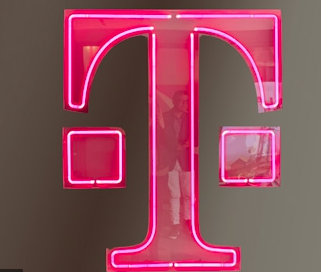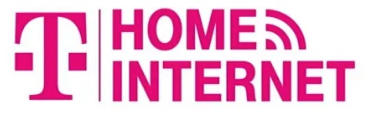T-Mobile does it for the second year in a row – they’ve beat out Verizon and AT&T in recent tests performed by the PCMag team. They’ve been running these “Fastest Mobile Network” tests for the past 12 years and with this year came some changes. They opted for electric vehicles for the more than 10,000 mile drive across the country. They used new software that tracks dropped calls and provides a better measure of reliability. Also, while previous years were in search of America’s fastest mobile network, they are now on the search for the best network.
Using the Samsung Galaxy S22+ phone, the team stopped in 30 cities and six rural regions where they compared performance between AT&T, T-Mobile, and Verizon. Of these 30 cities, T-Mobile won in 18, Verizon won in eight and AT&T won in four. According to the team, “We use people, not square miles, to determine our scores. Rural areas comprise 16% of our score, similar to the 14-20% of the US population classified as rural.”
The reason for using the Samsung Galaxy over other 5G phones? PCMag said, “We’re using the Samsung Galaxy S22+ because it has shown the best network performance in our tests. With its Qualcomm X65 modem, the S22+ can hold onto weak signals longer than phones from previous years, and it supports all the new 5G bands carriers are implementing, including the frequencies AT&T is launching later this year.”
Due to the new software used this time around, the results aren’t directly comparable to those from previous years. For example, both T-Mobile and Verizon see dramatically increased nationwide speeds this year as they expand their mid-band 5G networks. However, as AT&T’s speeds decline, it has added very little capacity while data demands grew.
Looking closer at those speed results, T-Mobile also won here, specifically in upload and download speeds. The carrier was the fastest in 19 cities out of 30, compared to Verizon with nine and AT&T with two. PCMag also reported that T-Mobile is performing better in rural areas, but explained that it still has more rural dead zones in the Northeast than Verizon and AT&T do.
So how exactly is it that T-Mobile was capable of these wins? Their mid-band 5G network. This is what the carrier built from Sprint’s network after acquiring the company for $26 billion in 2020. They’ve also begun using carrier aggregation within the mid-band network to achieve faster speeds.
For Verizon and AT&T, they are still working on closing the gap by utilizing mid-band spectrum they obtained in a recent FCC auction. Verizon has already gotten started with its 5G network, but AT&T has been waiting for the equipment required to build it out. AT&T hopes to have more 5G network service up and running by next year.





